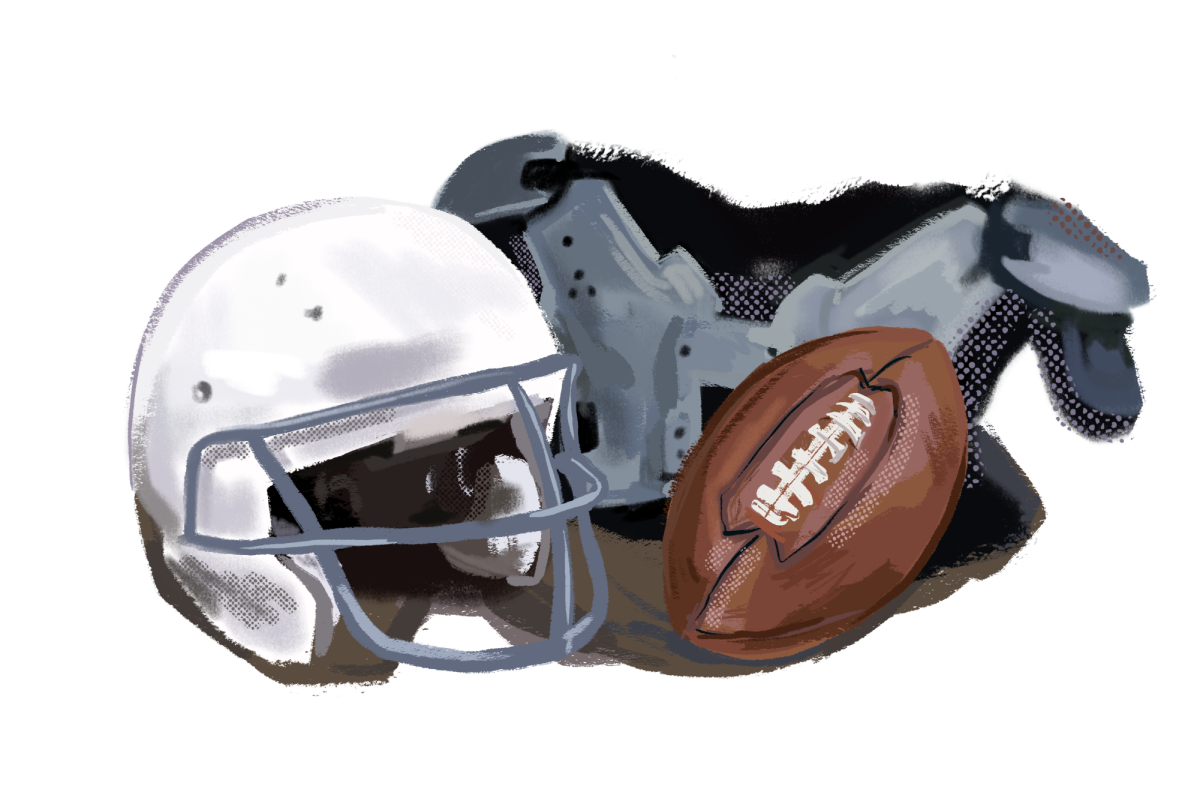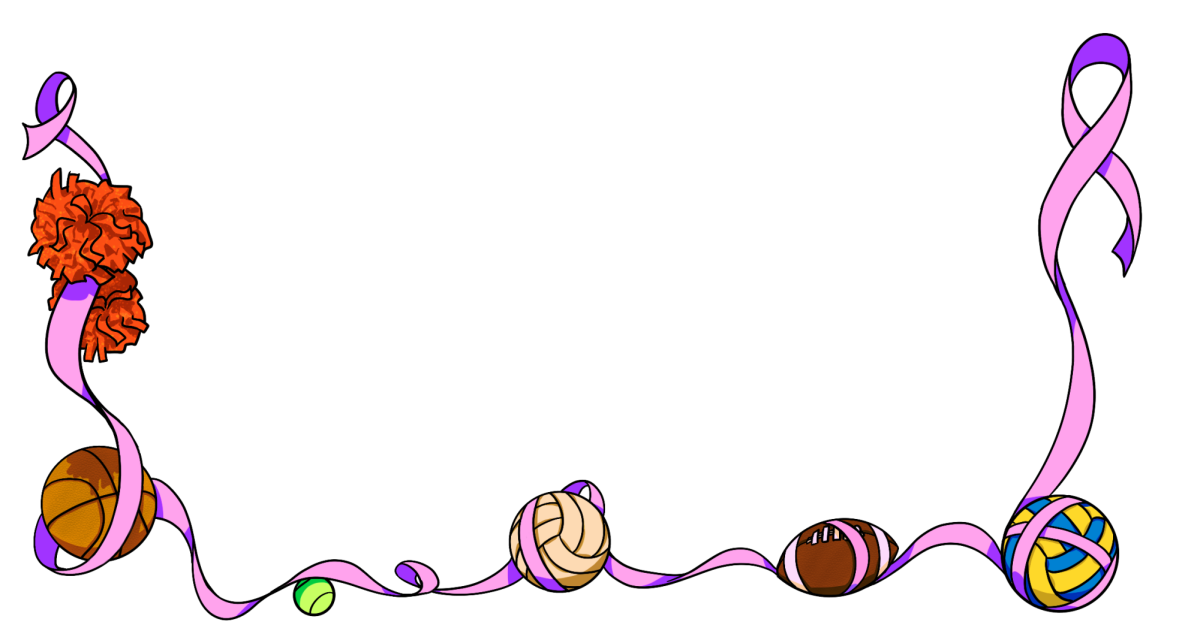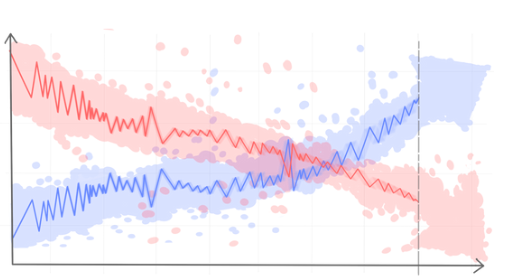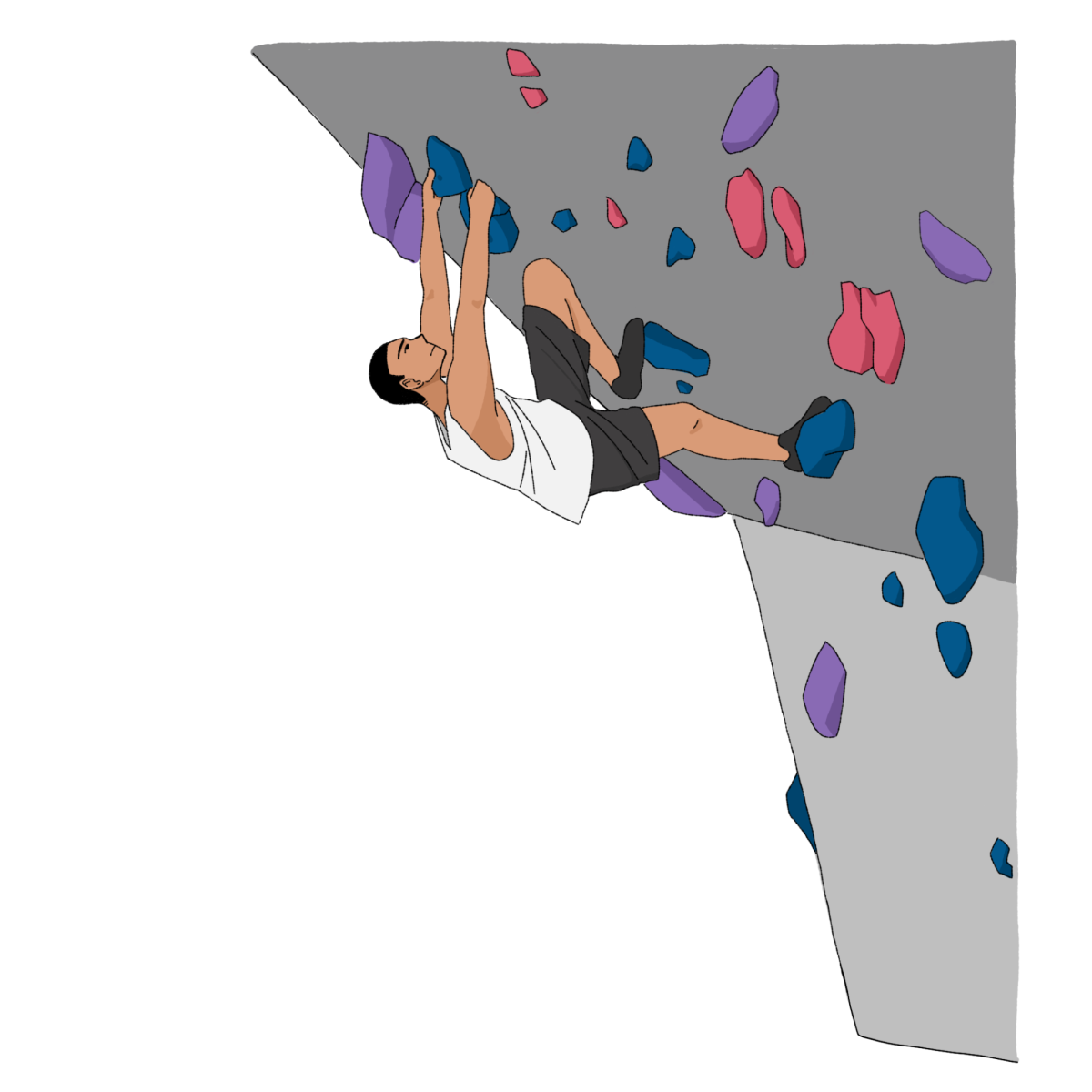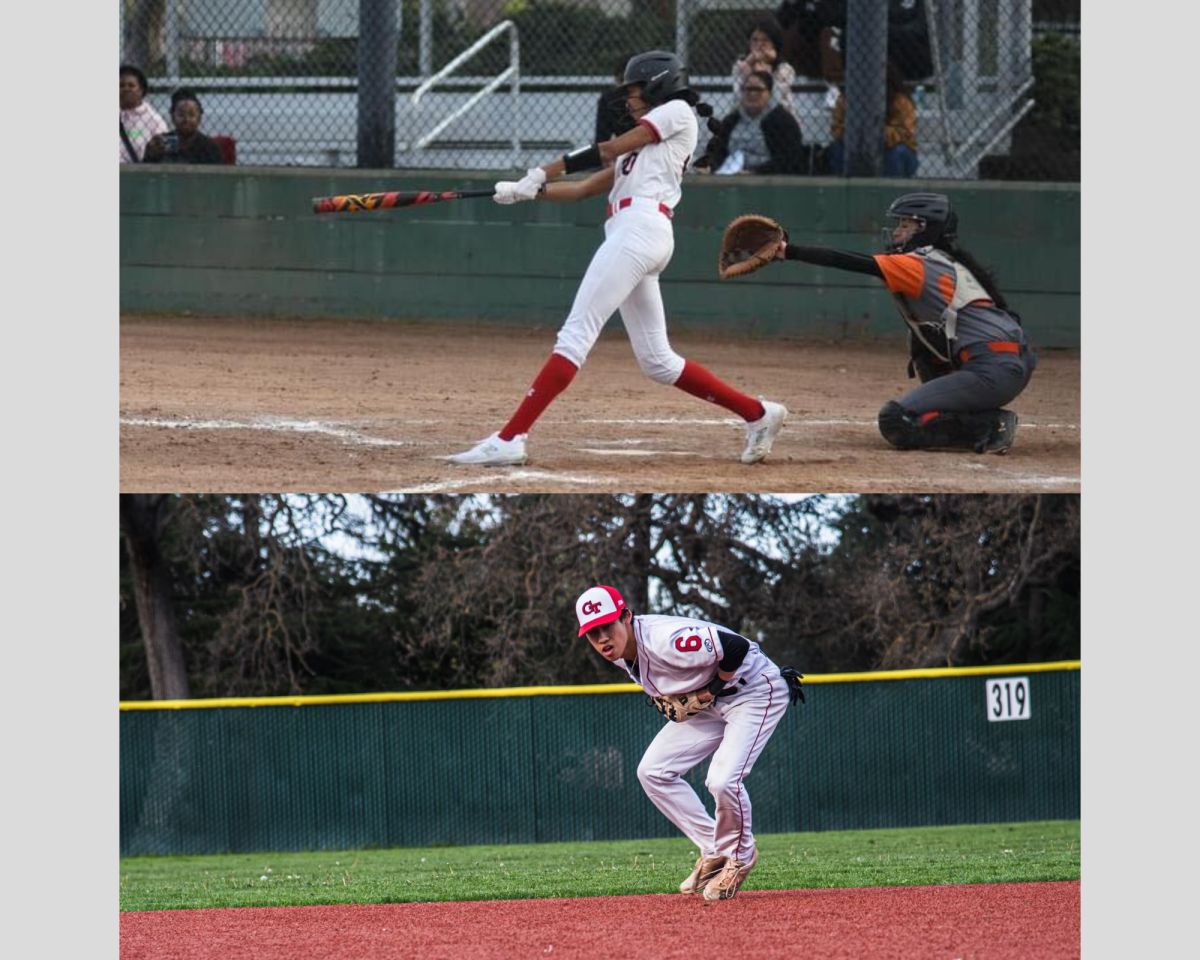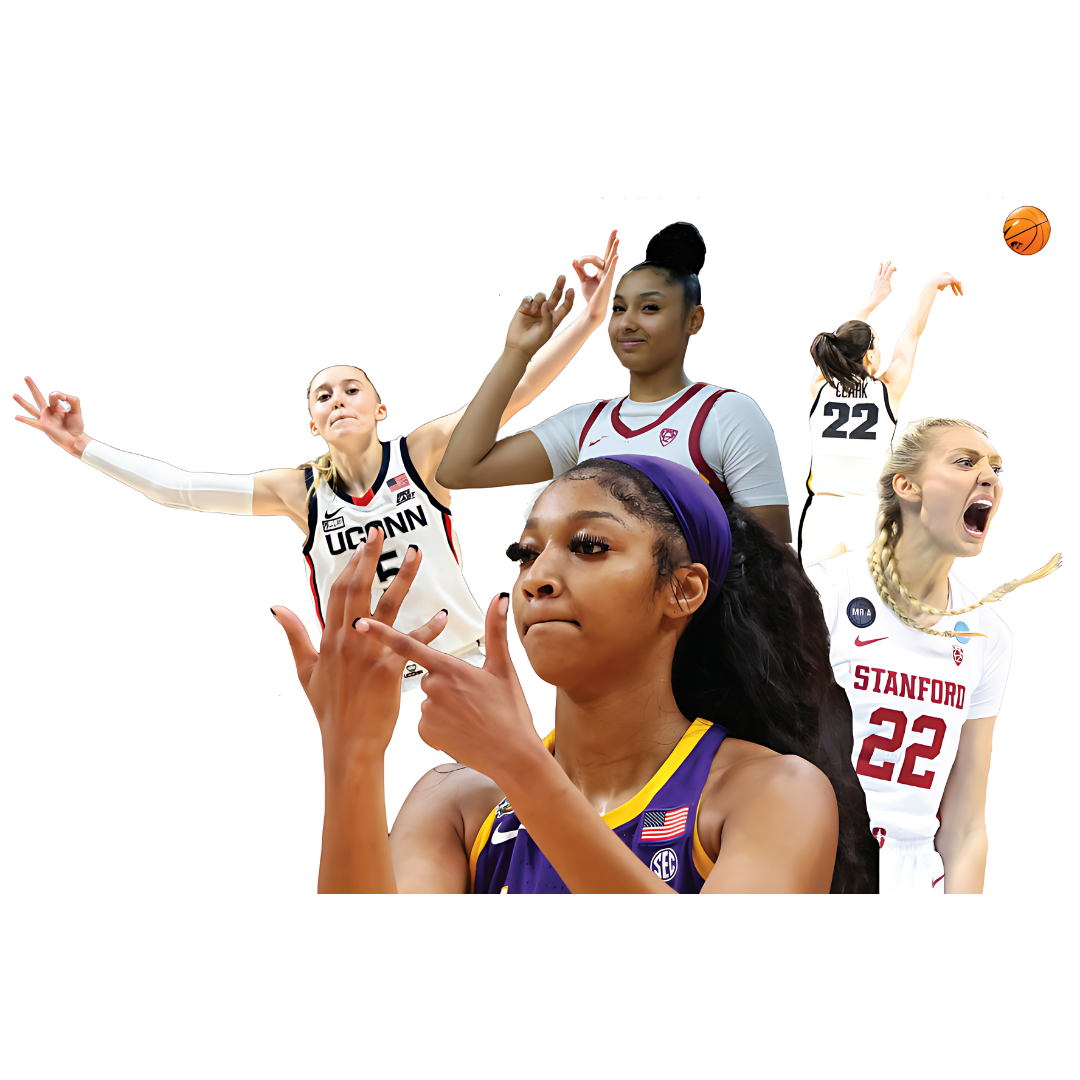Gunn’s founding in 1964 marked the beginning of the tackle football team, recently accompanied by the girls flag football program, starting this year. Tackle football and flag football share many basic similarities — scoring, defensive positioning, offensive roles and defensive roles — but the key difference lies in the method of stopping the ball carrier. In tackle football, full contact is required to physically tackle opponents to the ground to end a play. In contrast, flag football is a non-contact sport where players pull a flag attached to the ball carrier’s waist in order to stop the play. Although the rules and techniques for blocking in the two sports differ significantly, they both require players to share a similar mindset in order to succeed on the field.
According to former tackle football coach and current girls flag football coach Brian McCormick, the lack of contact in flag football can make some aspects of the sport significantly more difficult.
“In tackle football, (physical contact) is an advantage in a lot of ways,” he said. “They can get their hands on you, they can push you out of your patterns and they can slow you down at the line of scrimmage. (In flag football), we just can’t touch (the opponents), so we’ve got to be really quick and try to understand what route they’re running and get on their hip without any physical contact. It’s really hard.”
These fundamental differences — including the number of players on the field in flag football — combined with the fact that it is non-contact, calls for adjustments in playing strategy.
“Sometimes there is a little more strategy,” McCormick said. “Because, from a passing perspective, I’ve got this big field, I have more time (and) the quarterback has more time. I’ve got a huge field to cover with seven people. It’s just a much different animal.”
On the other hand, the element of tackling in traditional foot- ball can be very difficult to master and execute, both physically and mentally. Tackle foot- ball coach Dethrick Slocum emphasizes the extreme physicality of tackle football.
“You can’t be afraid of contact,” he said. “And in my opinion, you have to have a lot of heart. When we say heart, (we mean that) you can’t be passive out there on the field. You have to be aggressive.”
For girls flag football player senior Audrey Kaplan, the large amount of contact in tackle football deterred her from trying the sport. Although she had grown up watching and admiring the sport, she did not have the opportunity to begin playing herself until flag football was introduced as a school sport.
“A big part of (tackle football) is physically using your bodies to push another person over,” she said. “And for me, that’s just not something I would ever consider doing. Obviously, you can get hurt by doing any sport, but the risk of injury is much higher when you’re in a contact sport.”
Slocum’s team is currently trying to improve on play execution, tackling and communication. For him, the most important qualities for growth and being a good team member are a willingness to learn, to be coached and to put effort into their sport.
“Coming out here, listening to your coach and then applying what your coach is telling you on the football field (is important),” he said. “We also want guys to come out here and compete against each other because, if they come out and don’t compete against each other, they don’t get better.”
According to tackle football player senior Tuuta Fisiiahi, the most glaring similarity between the two types of football is the need for a good attitude when stepping on the field.
“Mentally and physically, you have to have a good work ethic,” Fisiiahi said. “You have to come in (with the) mentality of wanting a winning season, not just coming here to stay on the field just because you’re playing football.”


